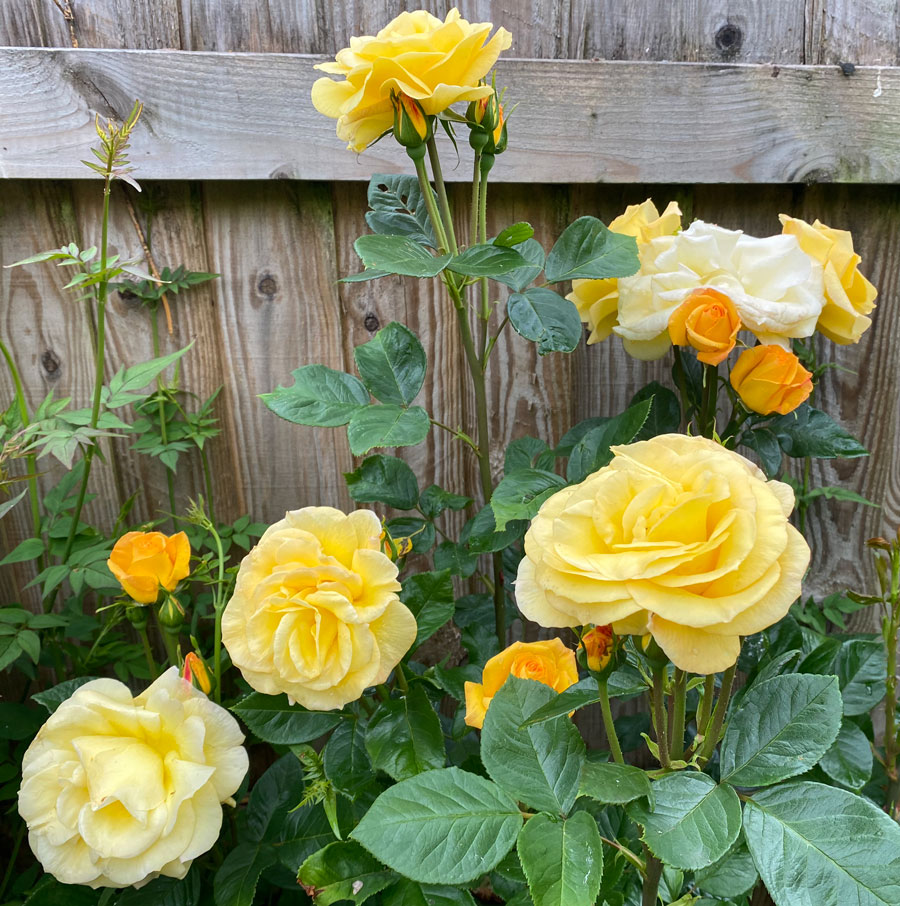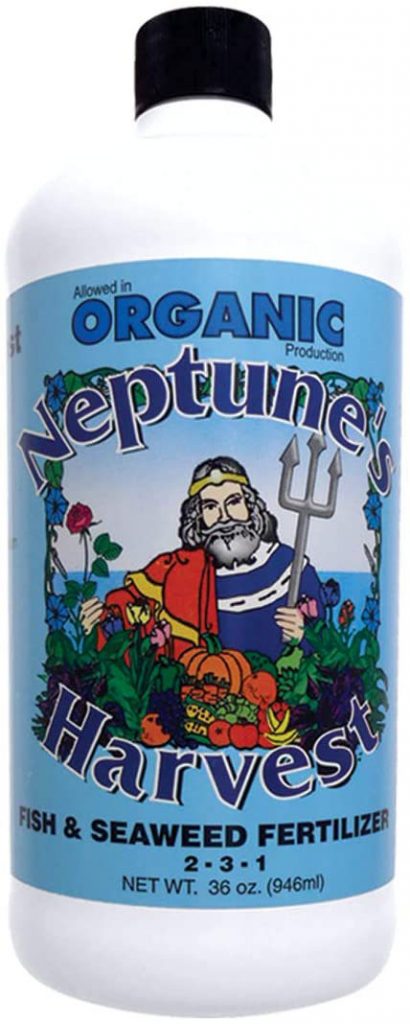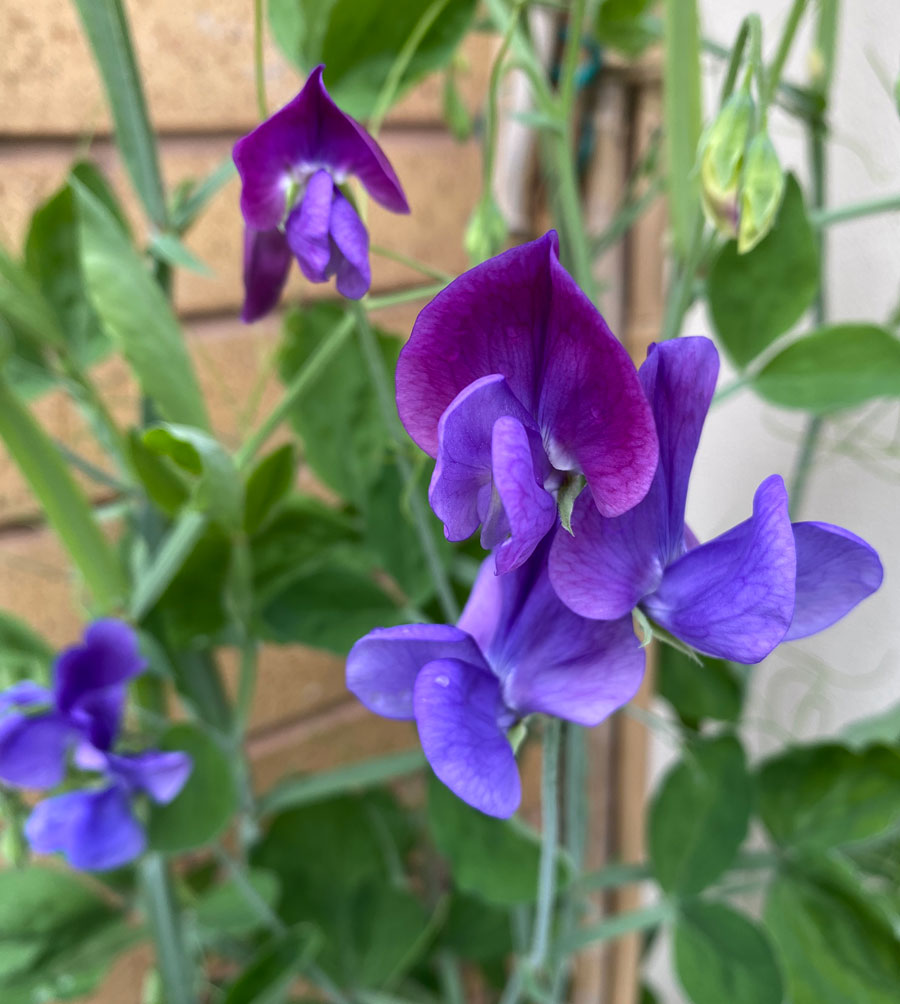Feeding Your Plants Makes all the Difference
I only took feeding plants seriously this year and was astounded at the difference it has made. The biggest proof was a yellow rose that has been in the garden for so long I can’t remember when we put it there. It has never really flowered much. in the last ten years (possibly longer) and last year it didn’t flower at all.


Watching Monty Donn on Gardeners World I took his advice and started to feed most of the shrubs in the garden with a seaweed-based liquid feed. Easy to use and apply with 20ml per watering can full (approx 4.5 litres) and relatively cheap at around £5/$7 for just over a litre – enough for more than 60 watering cans.
For roses, I also bought nitrogen-rich granular feed with slow dispersal that, when applied to the soil surface around the rose bushes provides essential nutrients for weeks.
The results on the roses in our garden have been staggering. A sheen on the leaves that we have never had before and an abundance of stunning blooms. The old yellow rose that has not flowered since 2019 looks magnificent.
The same is true of other plants. Sweet peas have grown bigger, healthier, even after a really cold May this year, galloping up the bean sticks like never seen before. I have no doubt it is due to feeding the plants on a regular basis.
After feeding once a week, the sweet peas flowered so quickly that they had to be picked after three weeks from planting out from the greenhouse to stop them from going to seed too quickly.
Fruit trees which are generally slow to produce leaf growth have accelerated this year like never before.

I usually give everything a seaweed-based feed at least once a week and that includes fruit trees and everything in the greenhouse. It has really paid dividends with tomatoes, cucumbers, and peppers thriving above expectation with vigorous growth.

Feeding your plants with liquid feed and granules is great but it doesn’t cancel out the need for consistent soil improvement with compost and other organic material to provide good soil structure, drainage, and nutrients. Feeding your plants works really well, in tandem with soil improvements.
I have just ordered a large refuse bin and am going to fill it with uprooted weeds, small amounts of grass clippings, leaves, and plant-based waste from the kitchen. I also ordered a substantial amount of well-rotted farmyard manure from the local garden centre and worked it into the soil before planting.
The difference won’t be felt straight away because the soil in the garden is generally heavy clay which will take years to improve its texture. Consistently adding organic material is essential every year to reach my goal of having excellent soil quality.
Organic waste should be finely shredded to assist with its breakdown as it rots. If you don’t want to buy a shredder but have a lawnmower, place your organic material thinly on the lawn and mow over it, shredding it down.
